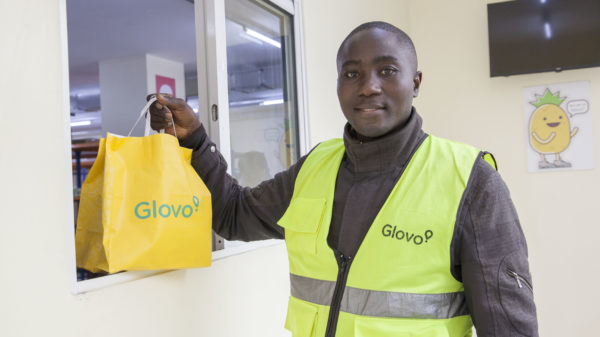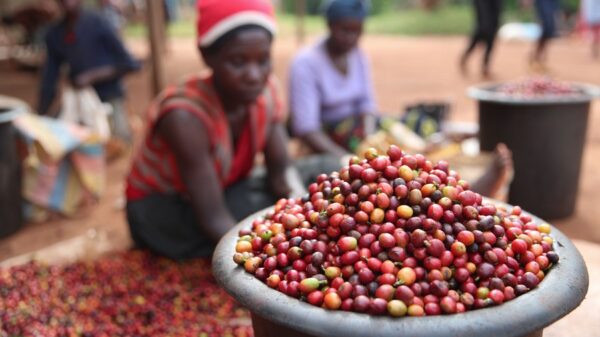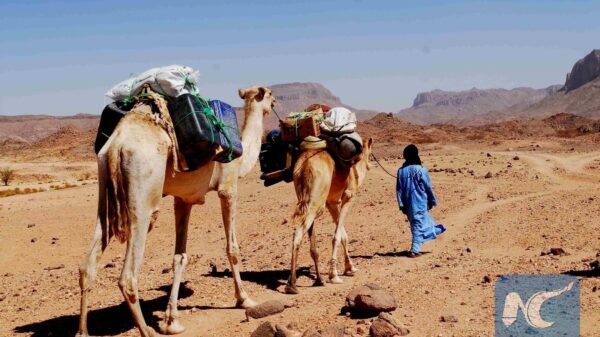NAIROBI, Kenya, Jun 6 – The Government has identified unpredictable weather patterns, expensive feeds and supplements for dairy cows and poor infrastructure as major stumbling blocks to dairy farming in the country.
The dairy industry according to the Ministry of Agriculture supports more than 2 million informal farmers, who must grapple with these challenges coupled with inequity among players.
Even with this, the industry employs about 1 million people, with an average contribution of 4 percent of Kenya’s Gross Domestic Product (GDP).
Senior Director in Charge of Animal Resource Management at the Ministry Samuel Matoke; Kenya produces 5.2 billion litres of milk, meaning every Kenyan consumes 110 ,000 litres of milk against the World Health Organisation recommendation of 220,000 litres of milk per annum.
“The numbers of animals we have, are quite many but the problem is productivity. The average production of a cow is about 8 litres against a target of 30 to 35 litres,” he said.
He was speaking on during a stakeholders meeting organized by African Centre for Technology Studies on Thursday, set to discuss a myriad of issues affecting dairy farming in the country and formulate a way to make the industry level field for all players.
They were also discussing how milk production in the country can increase while scaling down dairy farming emissions that are partly blamed for adverse climate conditions.
Dr. John Onyango from the African Centre for Technology Studies said there is an urgency to respond to climate change saying this may include simple and transferable solutions with high emission reduction potential.
“What we are looking at is how to make the dairy system inclusive. This will ensure a dairy farmer is involved in the process of managing and coming up with the outcome of the system,” he said.
The workshop which was largely attended by researchers also covered how the private sector can partner with the public to address among others misalignment of incentive structures, discrepancies between short-term achievements and long-term strategies and incoherent formal and informal market systems.



































